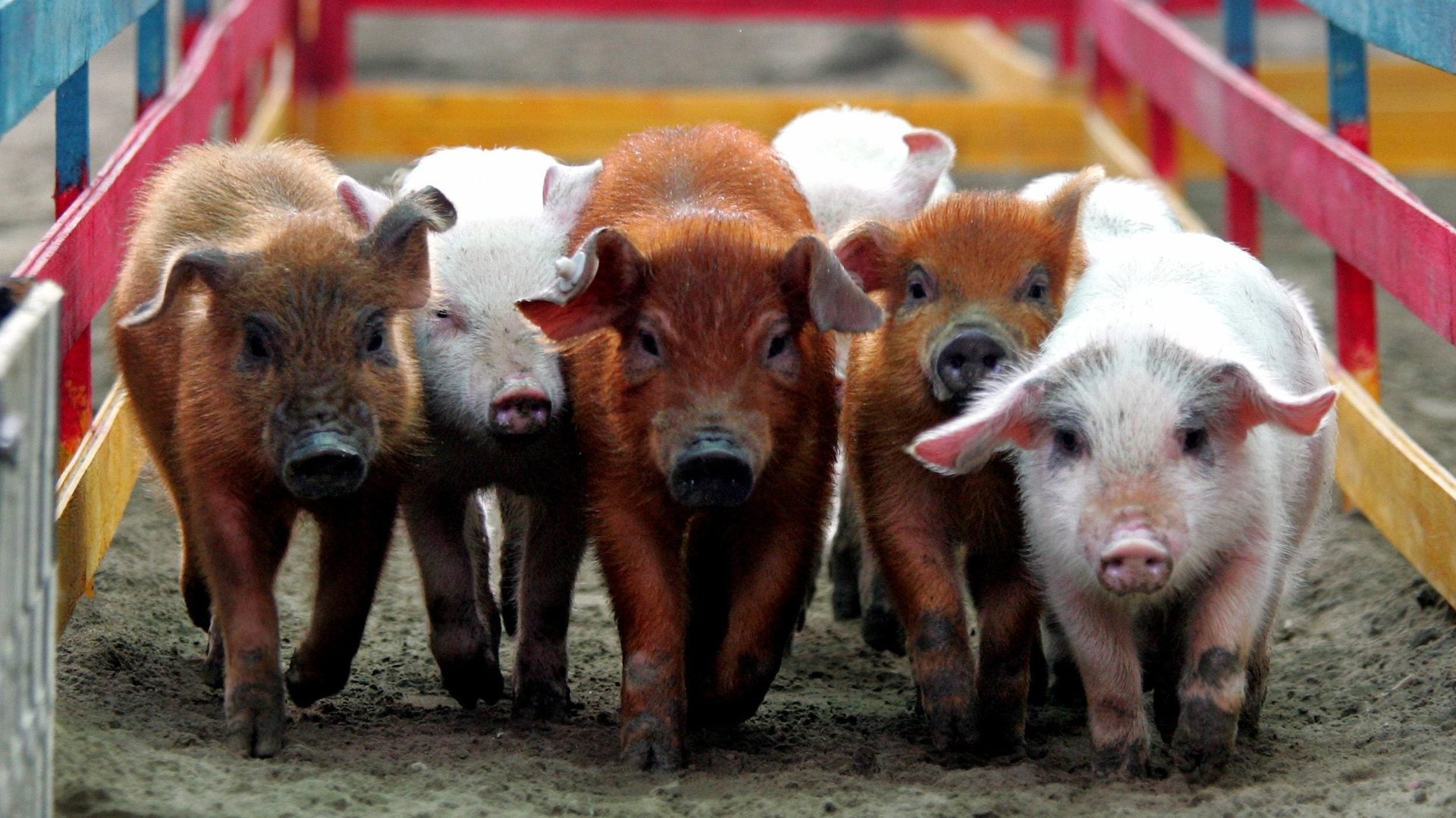Researchers are ready to test pig skin transplants on humans for the first time
In the future, we may not need to rely on human donations for life-saving skin grafts.


In the future, we may not need to rely on human donations for life-saving skin grafts.
That’s the goal of XenoTherapeutics, a Boston-based biotech nonprofit. Last week, the US Food and Drug Administration approved the group’s initial application for temporary skin grafts curated from genetically modified pigs. This means that they can start testing pig skin grafts on people who have experienced severe burns. It’s the first time that an animal organ has been cleared for human testing in the US.
Skin, the body’s largest organ, plays a crucial role in the immune system by blocking pathogens from reaching our vulnerable internal organs. It also holds in water, electrolytes, and other nutrients, and helps the body maintain a constant temperature. People with severe skin damage are at a high risk of developing deadly infections or organ failure as a result of changes in temperature or hydration.
Skin grafts can help protect these patients as they heal. At the moment, the only skin grafts available in the US come from cadavers who have agreed to be organ donors, or patients who have undergone surgery to remove excess skin after dramatic weight loss. STAT reports that these human skin used for graphs are a “rare commodity.”
XenoTherapeutics, which gets its name from xenotransplantation, or animal-to-human transplants, has bred pigs that have skin remarkably similar to our own. Although pig skin normally produces a type of sugar human skin does not, these pigs have been genetically modified not to make it. Grafts from these pigs are therefore more likely to slide under the radar of the host’s immune system—at least temporarily. The idea is that they could be used for immediate burn treatment, followed human skin graft treatment later.
“I would venture that if we did a Coke and Pepsi side-by-side comparison… you’d be hard-pressed to tell which was the human cadaveric allograft versus [the pig graft],” XenoTherapeutics CEO Paul Holzer told STAT.
The nonprofit has been working closely with physicians at Massachusetts General Hospital, who will help conduct the clinical trials starting next month. The first trial will only be testing the grafts’ safety and tolerability in six patients with severe burns. Assuming the results are positive after a month, the grafts will need to undergo two more stages of testing before they can be approved for widespread clinical use.
Several other groups around the world are working to make animal organs suitable for clinical medicine. In Brazil, researchers are exploring using tilapia skin for use as temporary bandages for burn victims whose skin is regrowing. Just last week, scientists from Germany reported that they had made a crucial step in keeping baboons given genetically modified pig hearts alive for half a year. Their success suggests that pig hearts could one day be used to treat patients with heart failure.